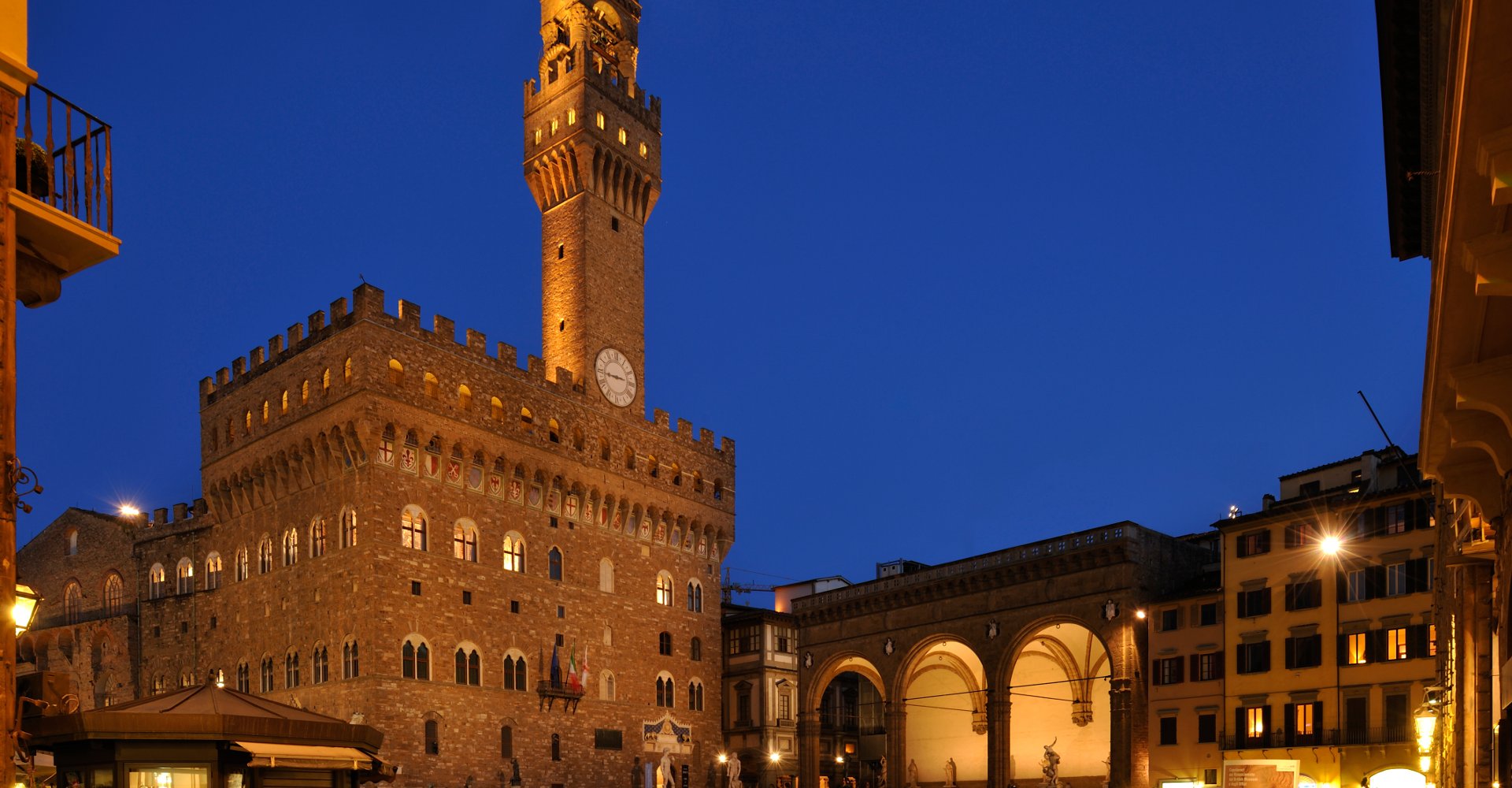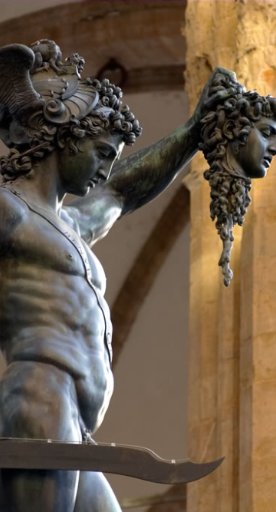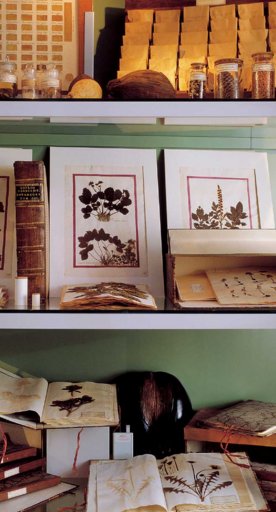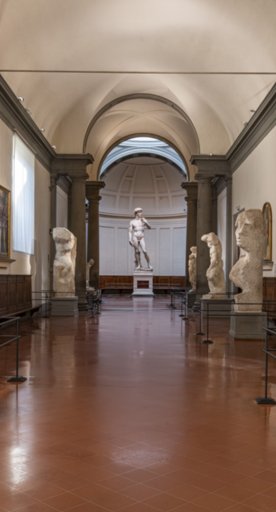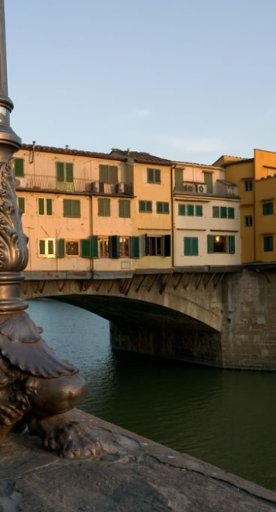Piazza della Signoria
The political heart of Florence since the Middle Ages
Piazza della Signoria, the political heart of Florence from the Middle Ages to the present day, began to take its current form as of 1268, when the Guelph party regained control over the city and razed as many as 36 houses of their Ghibelline rivals to the ground, forbidding them to build again in the empty spaces, thus the distinctive L-shaped piazza came about.
Piazza della Signoria is embraced by some of the city’s most famous buildings starting with Palazzo Vecchio, in front of which is a copy of Michelangelo’s David (the original can be seen at the Accademia Gallery).
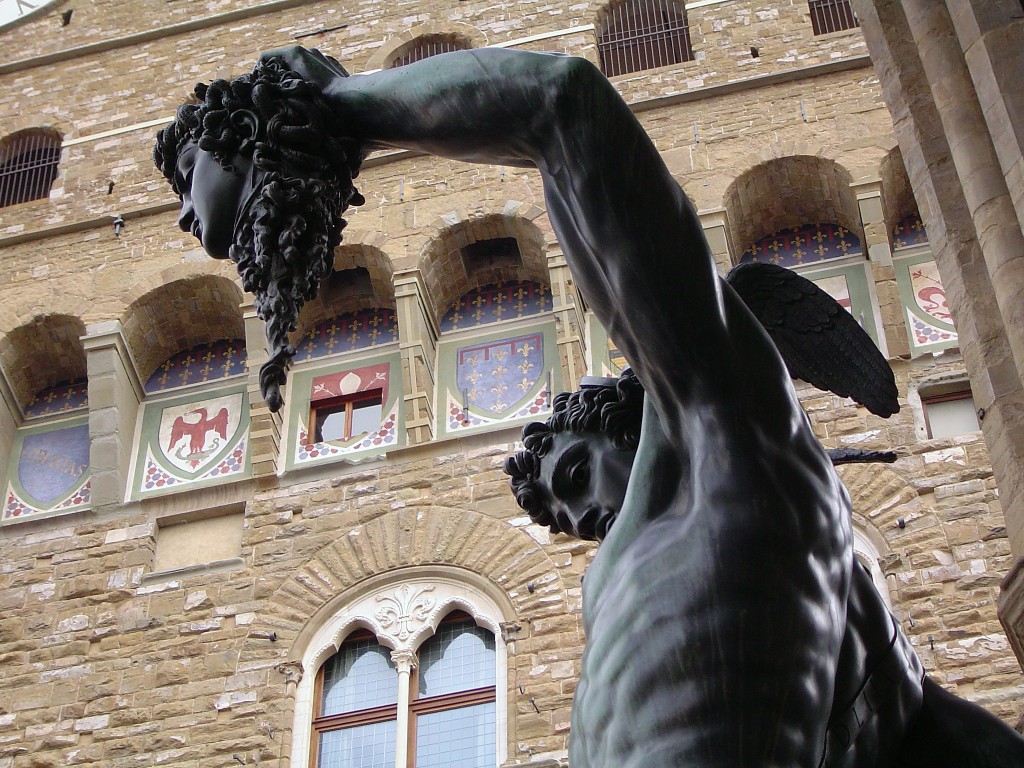
Palazzo Vecchio, the traditional seat of the Florentine government, with its distinctive tower is yet another symbol of the city. Designed by Arnolfo di Cambio, construction began in 1299 and was originally the seat of the Piori delle Arti and the Signoria. Rich decorations by Vasari can be seen inside.
Dominating Piazza della Signoria is the Loggia dei Lanzi, an open-air sculpture museum with masterpieces such as Benvenuto Cellini’s Perseus, a large bronze statue rising up around 10 feet (3 meters), alongside Giambologna’s complex marble, Rape of the Sabine Woman.

Also in front of the Palazzo Vecchio are copies of the Marzocco, a great lion resting a paw on the Florentine lily, and Donatello’s Judith and Holofernes, with the originals of the former safeguarded in the Bargello and the latter inside the Palazzo.
Completing the Piazza is Bartolomeo Ammannati’s immense Fountain of Neptune, the city’s first public fountain, called Biancone by the Florentines, while to the left of Palazzo Vecchio is Giambologna’s Equestrian Monument of Cosimo I.
